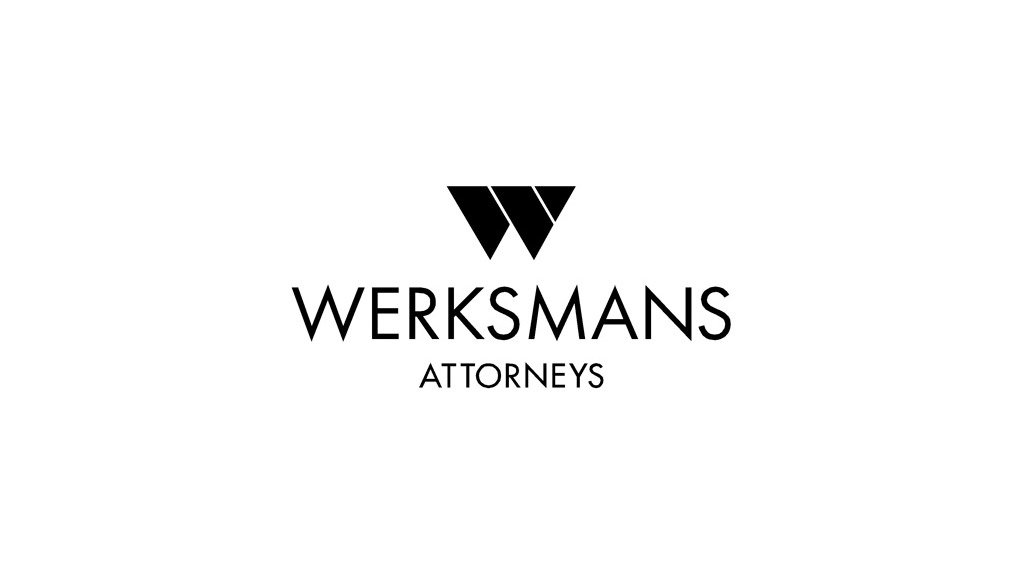Introduction
China and Africa have long been trading partners. In 2009 China overtook the United States of America as Africa’s single biggest trading partner. Reports show that by the end of 2012, China’s foreign direct investment in Africa, going to sectors such as finance, processing and manufacturing, trade-related services, agriculture transportation and technology, was US$100 billion – while China in return imported US$110 billion worth from Africa.
This dramatic increase indicates a rise of approximately 26%, during which time China’s direct investment in Africa has grown at an annual rate of 20.5%. Of the US$200 billion traded between the continents in 2012, South Africa accounted for US$45 billion.
So what does Africa mean for China? Africa is rich in various resources including energy, minerals and agriculture. This gives clarity to China’s importation of nearly 40% of Angolan oil during the course of 2012; second only to reserves purchased from China’s main energy source, Saudi Arabia. China is also the largest importer of Ethiopia’s sesame seeds, used to make black sesame seed paste, a popular southern Chinese snack. This trade channel has seen a marked growth in Ethiopia’s infrastructure, the railway between Ethiopia and the Negad Port in Djibouti being one such enhancement.
Risks posed to the protection of intellectual property
We are by now all familiar with “Made in China” labels, although China is in fact a primary destination for South African exports with a number of South African corporates taking advantage of the growth and investment opportunities in China. South Africa is however also taking advantage of opportunities in Africa. In an Ernst & Young report released in 2013, South Africa has invested in over 75 projects in Africa – more than any other country – resulting in a compound growth of over 57% in locally-originated investment projects.
These inextricable links between the continents however also pose numerous risks to branding and the protection of intellectual property.
Statistics concerning trade mark registration activity indicate that China’s own citizens are increasingly seeking unauthorised registration of third party trade marks. This trade mark “squatting phenomenon” is evident, with China representing approximately 30% of all trade marks filed globally.
Current modus operandi
As a brand holder, it is likely that you will by now have received unsolicited mail wherein it is stated that the writer has received instructions to register a domain name and/or trade mark – for a large fee. The modus operandi is to advise of a company (which may or may not exist), which purportedly intends to register a range of names incorporating a trade mark belonging to another in the main Asian commercial territories. While these approaches are to date best ignored, without adequate trade mark protection in China, attempts to reclaim your brand can be laborious, expensive – and sometimes unsuccessful.
As in many other countries, trade mark registrations in China are based on a first-filed system, which means that the party first to file becomes the holder of the trade mark regardless of whether or not they are authorised to do so.
Therefore, because of the popularity of branded goods being manufactured in China, counterfeiting is also widespread and it is not uncommon for foreign brands to be appropriated. More often than not, the encroaching party is a Chinese company and the rightful owner has appointed a local agent. The likelihood therefore of a local producer in China securing a South African mark cannot be excluded; for example, a trade mark for wine. In these instances, the rightful proprietor may have to consider instituting dispute cancellation proceedings against the unauthorised party in order to have the disputed trade mark removed from the Chinese Trade Mark Register. Succeeding in dispute cancellation proceedings is however an onerous burden to shift and it can take at least three years for a decision to be arrived at.
China’s new trade mark law
In our experience, when a trade mark is secured by an unauthorised third party the rightful owner may be constrained to provide assurances to its Chinese distributors. In so doing the rightful owner also runs the risk that its goods, albeit legitimate, are prevented from entering the Chinese market on the premise that the trade mark belongs to another party.
Bad Faith applications
It is for this reason that the introduction of “Bad Faith applications” – whereby Good Faith has now been introduced into the application process, prohibiting registration of the legitimate brand owner’s mark where it has previously been used on identical or similar goods – is welcomed.
It will however be necessary to demonstrate that the unauthorised applicant had prior knowledge of the trade mark as a result of prior dealings, such as those undertaken with an agent or distributor. It is hoped that the introduction of Bad Faith applications and the recognition of Good Faith at the outset – as opposed to seeking cancellation of a trade mark already registered – will mean that trade mark ownership will vest in the rightful owner.
So as to further regulate the principles of honesty and integrity integral to filing applications in Good Faith, a trade mark agency is obliged to not handle matters where it has prior knowledge of the rightful owner, and must advise clients at the outset where a trade mark is not registrable. Violations can incur fines between RMB10 000 to RMB100 000 (approximately US$16 000).
Conclusion
The amendment also clarifies what may be recognised as a “well-known” mark, restricting unjustified recognition of “well-known” marks and forged cases run on the pretence of securing unjust credit for advertising. An administrative fine of up to RMB100 000 can also be imposed.
Other key changes include new time limits for examination, cancellation and invalidation procedures, the availability of sound and multiple class trade mark applications, and narrow locus standi for oppositions and invalidations.
Written by Donvay Wegierski, Director, Werksmans Attorneys
EMAIL THIS ARTICLE SAVE THIS ARTICLE
To subscribe email subscriptions@creamermedia.co.za or click here
To advertise email advertising@creamermedia.co.za or click here











